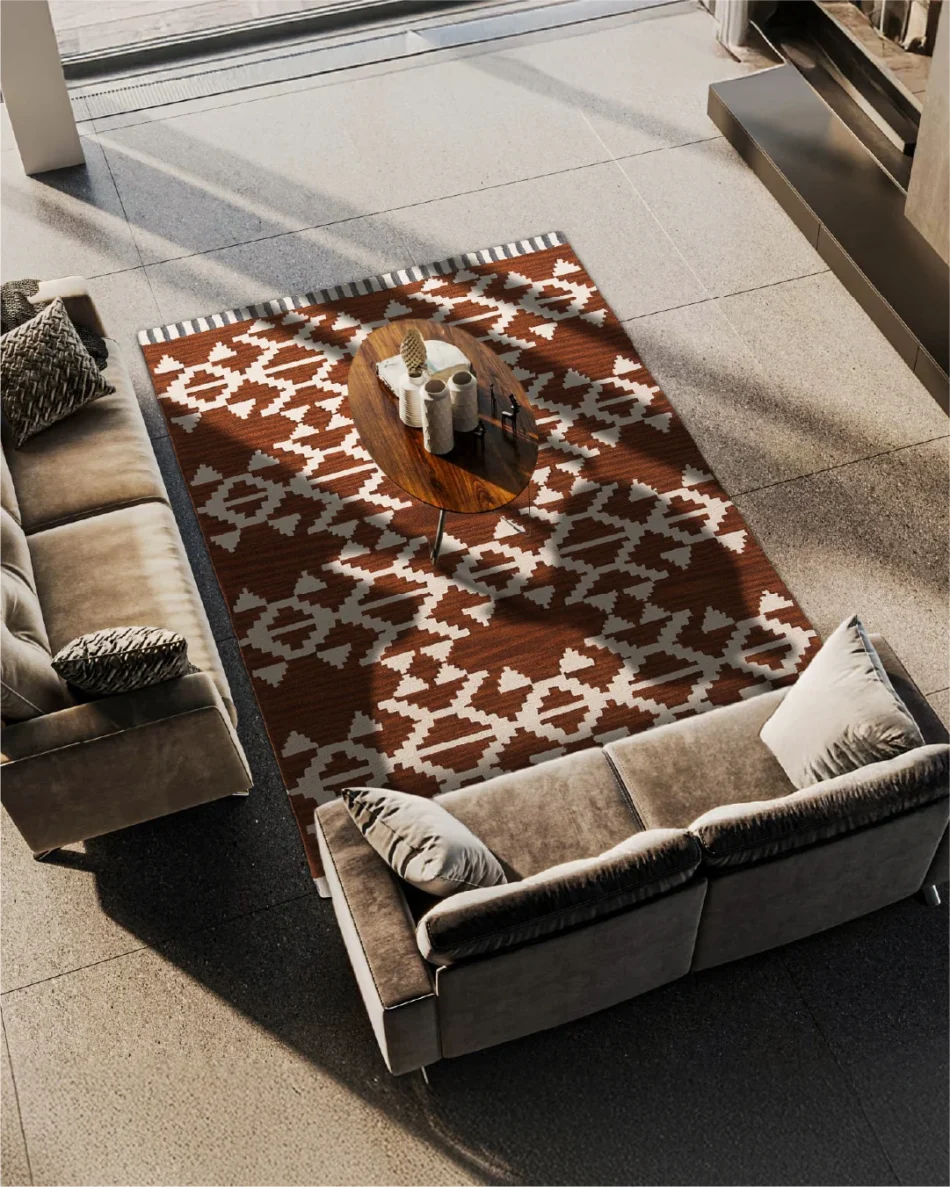A handmade rug is more than just a floor covering—it’s a piece of art, heritage, and culture woven into your home. Whether you are redecorating your living room, enhancing your bedroom, or looking for a timeless statement piece, a handmade rug can add elegance, warmth, and individuality to your space. But with so many options available, buyers often face confusion.
As a trusted name in the industry, JR Exports—a leader in Rugs Manufacture in Varanasi and Rugs Manufacture in Panipat—has guided global buyers in selecting authentic, high-quality rugs that last for generations. To make the buying journey easier, here are the 10 most important questions you should ask before investing in a handmade rug.
1. Is the Rug Truly Handmade?
The first and most essential question is whether the rug is genuinely handmade or machine-made. Handmade rugs are crafted by skilled artisans, often taking weeks or months to complete, which makes them unique and valuable. Machine-made rugs, though cheaper, lack the individuality and durability of handmade pieces. At JR Exports, our handmade rugs come with authenticity guaranteed, woven by artisans from Varanasi and Panipat.
2. What Materials Are Used?
The type of material determines a rug’s look, feel, and longevity. Handmade rugs are commonly made from wool, silk, cotton, or natural fibers like jute. Wool rugs are durable and warm, silk rugs exude luxury, while cotton and jute rugs are budget-friendly and eco-friendly. Before buying, always ask the seller about the fibers used to ensure they fit your lifestyle and décor needs.
3. Where Was the Rug Manufactured?
The place of origin adds significant value to handmade rugs. For example, manufacture in Varanasi is renowned for intricate weaving traditions passed down through generations, while Panipat is known as the “Textile City of India,” producing versatile rugs for global markets. Choosing rugs from reputed hubs ensures authenticity, heritage, and superior craftsmanship.
4. What Weaving Technique Has Been Used?
Handmade rugs can be hand-knotted, hand-tufted, hand-woven, or flat-weave. Each method impacts the rug’s quality, texture, and price. Hand-knotted rugs are the most durable and highly valued, while hand-tufted rugs are quicker to make and more affordable. Understanding the weaving technique helps you choose the right rug based on budget and purpose.
5. How Durable Is the Rug?
Handmade rugs are known for lasting decades, but durability depends on factors like weaving density, fiber quality, and care. A high-quality rug from JR Exports, crafted under expert supervision, is built to withstand daily wear while retaining its beauty. When shopping, ask how long the rug is expected to last and whether it is suitable for high-traffic areas.
6. What Is the Rug’s Design and Symbolism?
Handmade rugs often carry cultural motifs, floral patterns, or geometric shapes that tell a story. Traditional rugs from Varanasi feature intricate artistry inspired by Indian heritage, while Panipat rugs often reflect modern trends blended with tradition. Asking about the design not only connects you with the rug’s story but also helps ensure it matches your home’s interior style.
7. Is the Rug Eco-Friendly?
With increasing demand for sustainable décor, many buyers now ask if their rugs are eco-friendly. Handmade rugs often use natural fibers and vegetable dyes, making them environmentally safe. At JR Exports, sustainability is a priority—we ensure that our rugs are responsibly crafted while supporting artisan communities.
8. What Is the Rug’s Maintenance Requirement?
Every rug requires care, but handmade rugs need special attention. Ask the seller about vacuuming, cleaning methods, and how often professional cleaning is recommended. Wool and silk rugs, for example, require more delicate handling than cotton or jute rugs. Knowing the maintenance requirements ensures your investment remains in pristine condition for years.
9. Can the Rug Be Customized?
Customization is one of the greatest advantages of choosing a reputable manufacturer. Whether you need a specific size, pattern, or color combination, leading names in Rugs Manufacture in Varanasi like JR Exports offer tailored options. This ensures that your rug doesn’t just fit your room physically but also complements your personality and design vision.
10. What Is the Price and Value for Money?
Price is always a crucial factor, but it should be weighed against value. Handmade rugs are an investment—while they may cost more than machine-made alternatives, their uniqueness, durability, and cultural significance make them worth every penny. Always ask whether the price reflects the craftsmanship, materials, and authenticity of the rug.
Why Choose JR Exports for Handmade Rugs?
As a leading name in Rugs Manufacture in Varanasi and Rugs Manufacture in Panipat, JR Exports has built a reputation for authenticity, quality, and innovation. Our artisans combine centuries-old weaving traditions with modern designs, offering rugs that appeal to both traditional and contemporary homes.
- Authenticity Guaranteed – handmade rugs crafted by skilled artisans.
- Premium Materials – Wool, silk, cotton, and sustainable natural fibers.
- Customization Options – Sizes, patterns, and colors tailored to your needs.
- Global Recognition – Trusted by international buyers for quality and reliability.
Conclusion
Buying a handmade rug is not just a purchase—it’s an investment in art, tradition, and timeless design. By asking the right questions, you ensure that your choice adds value, beauty, and longevity to your home. Whether you’re seeking intricate patterns from Varanasi or versatile designs from Panipat, JR Exports offers a collection that blends heritage with modern elegance.
If you’re ready to explore authentic handmade rugs that elevate your space, connect with JR Exports today and bring home a rug that tells a story worth cherishing.







